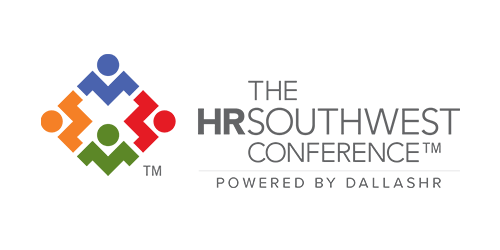
Staying Ahead of Skills Gaps and Shortages in Labor
How many times in the past 12 months have you or your HR colleagues struggled to:
- Make a hiring decision among final candidates for a job?
- Find candidates with the right technical skills and experience?
- Source enough applicants for an open position?
Recent surveys show more than 80% of HR professionals report difficulty finding and recruiting suitable candidates for open positions. Broadly speaking, the nature of work is changing, and digital transformation is forever altering yesterday’s manual processes into today’s automated workflows. And it takes time for skills to catch up. Factor in a flat or falling birth rate, the exit of millions of Baby Boomers from the workplace, rapid business shifts in many industries, and one of the most competitive hiring markets in decades due to historically low unemployment. Hiring—even finding—the right candidates can be harder than ever.

While this situation certainly affects many industries, the top ten industries or roles for which the recruitment landscape is exceptionally challenging include:
- Skilled trades
- Sales reps
- Engineers
- Drivers
- Technicians
- IT
- Accountants
- Project managers
- Office support
- Manufacturing roles
There’s something else at play too: often, organizational leadership doesn’t realize how difficult it can be, in fact, to fill positions. Knowing how fierce the fight for talent is, and how critical hiring the right talent for key positions can be, HR professionals must be prepared to make the case for additional resources and a strategic approach to talent acquisition and development.
Here’s how you—and your organization—can be proactive to advocate for your talent strategy, stay ahead of the skills gap and attract qualified candidates.
- Think long-term. Instead of only hiring for open positions, take a ‘perpetual recruitment’ approach so you’re always cultivating connections with talent—before you ever have an open job. Educate tomorrow’s workforce with internship and mentorship programs, so your sector—and company—are in front of today’s students.
- Recruit differently. Consider recruiting from often-overlooked talent pools: people returning from career breaks, older workers, the formerly incarcerated, and those with disabilities. A 2018 SHRM and Charles Koch survey found many managers, employees, and HR professionals were willing to consider—and work alongside—workers with criminal records, as long as they were qualified for the job.
- Hire for what the job needs. Look past your education requirements and examine what success in the job truly requires—and hire for it.
- Embrace flexibility. Talent seeks flexibility, and even the definition of ‘flexibility’ is flexible. Consider being flexible about experience and/or exploring flex schedules or remote working arrangements if possible, and if not already a part of your workplace.
- Boost pay. Of course, in a competitive market, competitive wages win out, all other things being equal.
- Enhance benefits. Robust benefits—including primary health plans, supplemental insurance, paid time off, flex time, paid professional development and more—can go a long way toward enticing and retaining the right workers.
The organizations who embrace the skills gap and talent shortage and come out with a stronger talent strategy will have an edge in the hiring market. Ensuring that leadership understands the challenges and being proactive about your hiring can address shortages today. Since 1939, DallasHR has served Dallas-area HR professionals, helping them advance their careers and build their networks through education, events, and support. With more than 2,200 engaged members, DallasHR is the nation’s third-largest affiliate chapter of the Society for Human Resource Management (SHRM). DallasHR powers The HRSouthwest Conference, the official State of Text SHRM Conference and—with 2,300 annual attendees, speakers, and exhibitors— one of the largest regional human resources events in the US.






